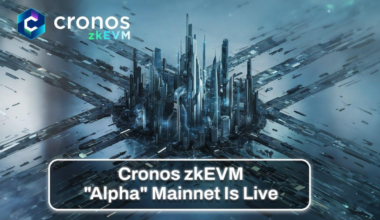Following years of mismanagement, Binance, the largest crypto exchange, is making strides to improve the transparency of its reserve B-tokens.
Recently, it was discovered that the firm had stored token collateral with user funds in the same wallet, leading to concerns about the transparency and security of its reserves. In response, the company has switched to a “semi-automated” process that aims to govern the reserves that back the tokens it issues.
According to Bloomberg, Binance has set up a partially-automated process to ensure the B-tokens are “always transparently backed.” This is achieved via a system that “only allows minting of new coins to take place after collateral has been added to the appropriate wallet,” it added.
Binance has also been moving the collateralized assets to dedicated wallets over the past few weeks, with one for each network, which shows the 1:1 backing of each asset.
Binance’s move towards more transparent reserve management may be a response to regulatory crackdowns on centralized exchanges. By implementing a semi-automated system, the exchange aims to provide investors with greater confidence in the security of their B-token assets.
While the semi-automated system gives Binance the ability to intervene if an incident were to impact the B-token reserves, blockchain data firm Kaiko’s research analyst, Conor Ryder, believes a fully automated system would be more ideal.
Despite this, Ryder acknowledged the progress that Binance has made, stating that there is “potentially an element of trust that needs to be placed in Binance and its management of these reserves.”



